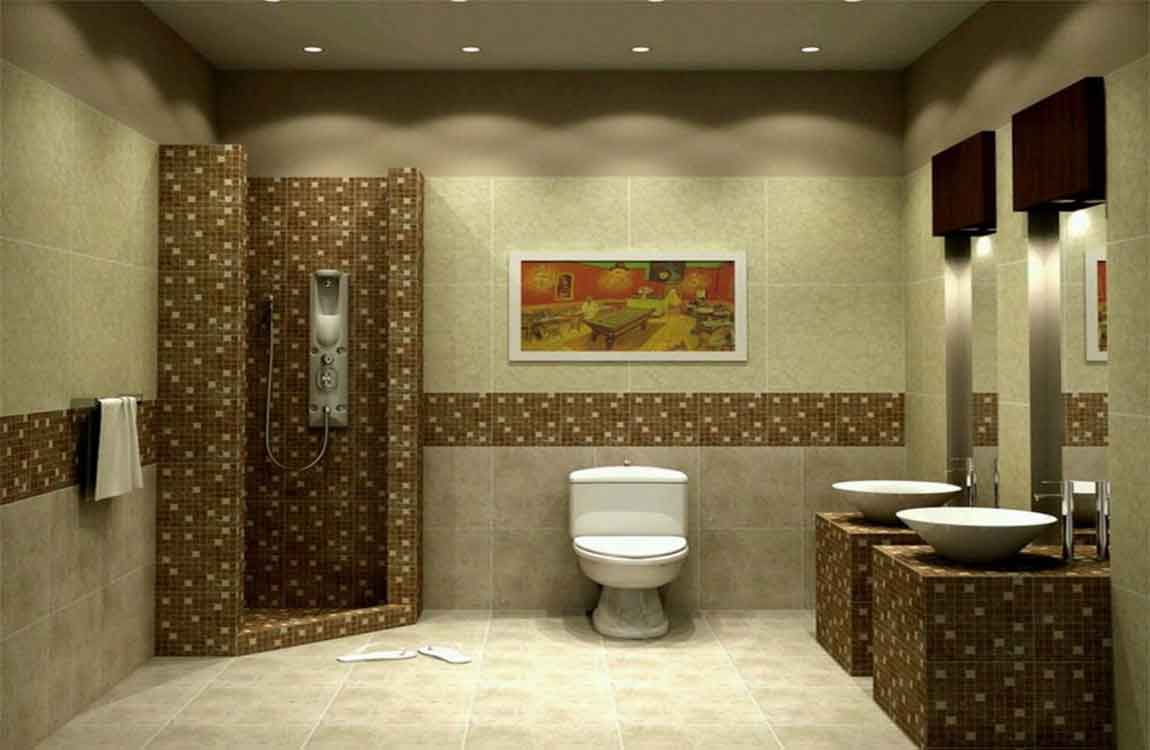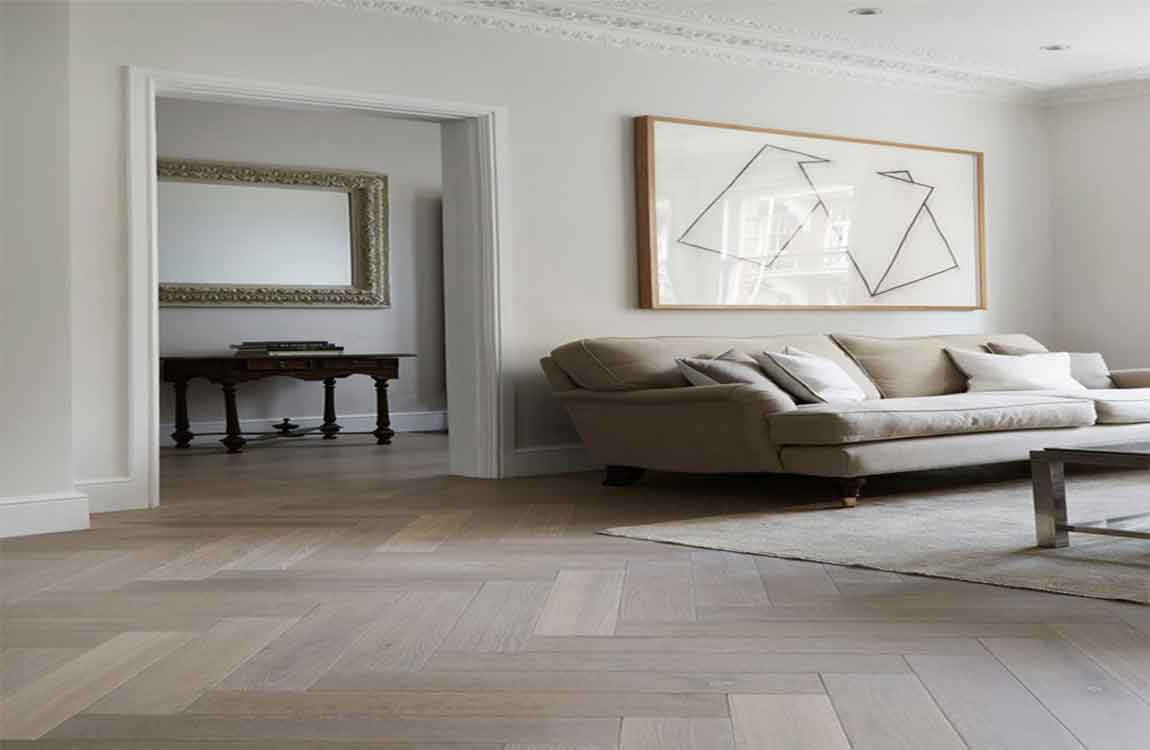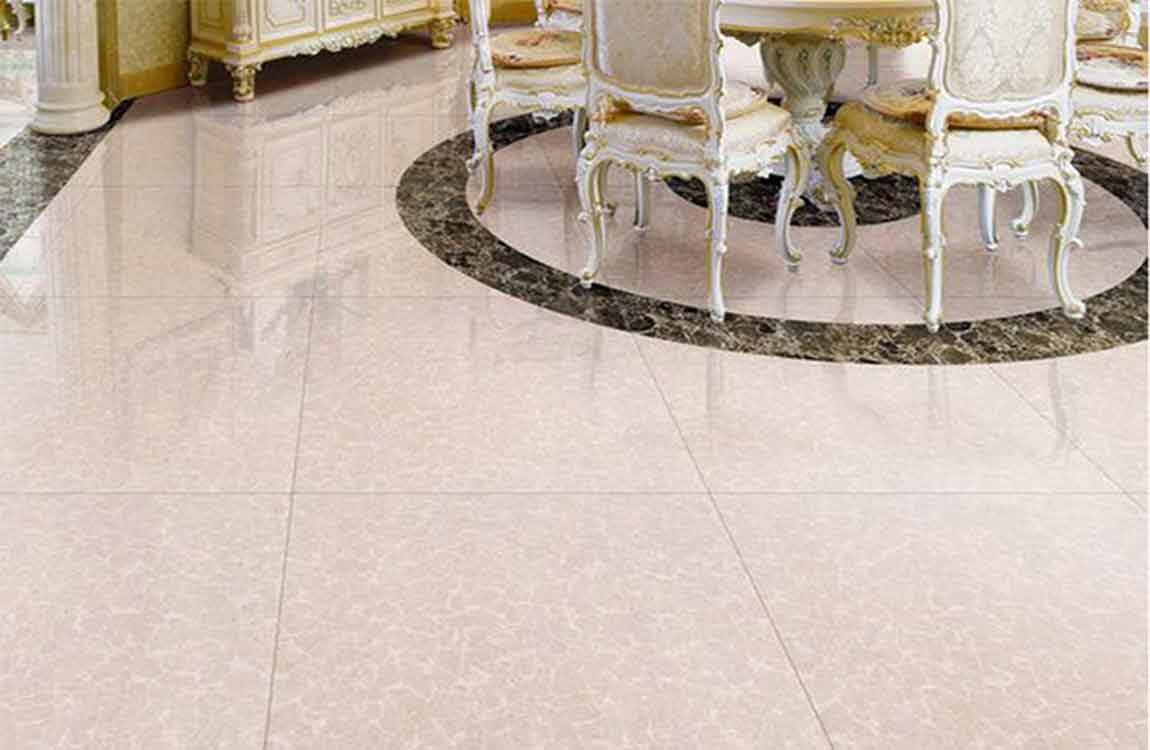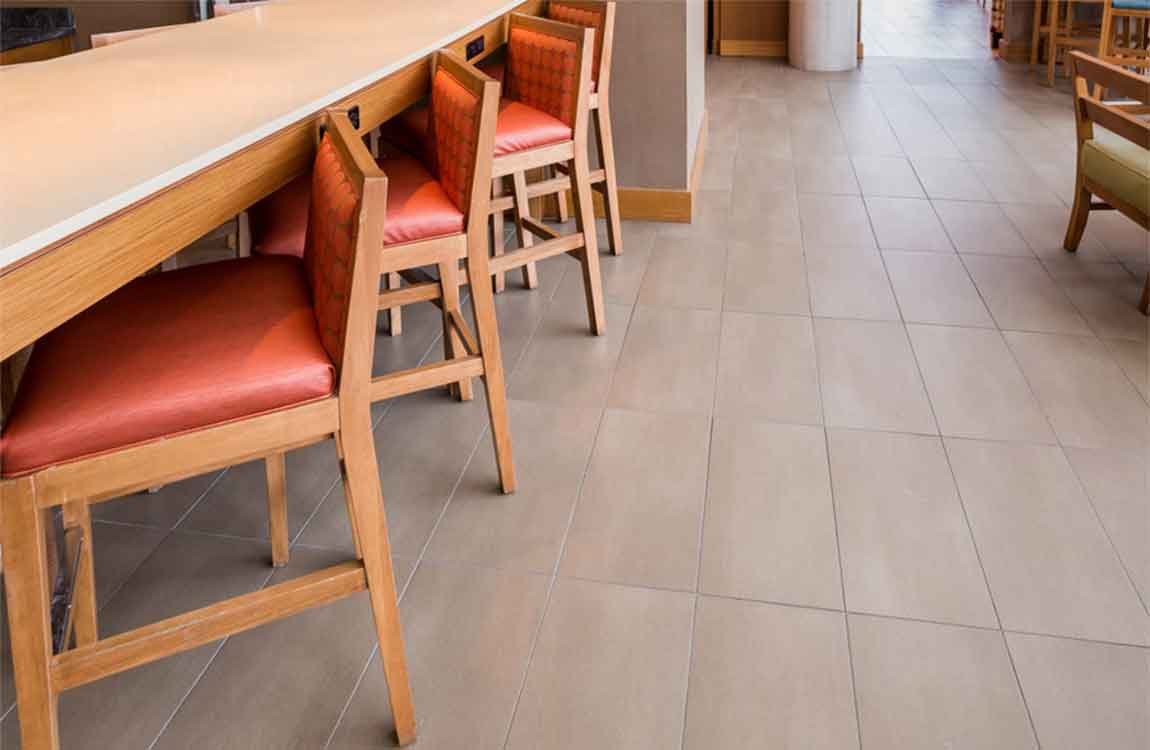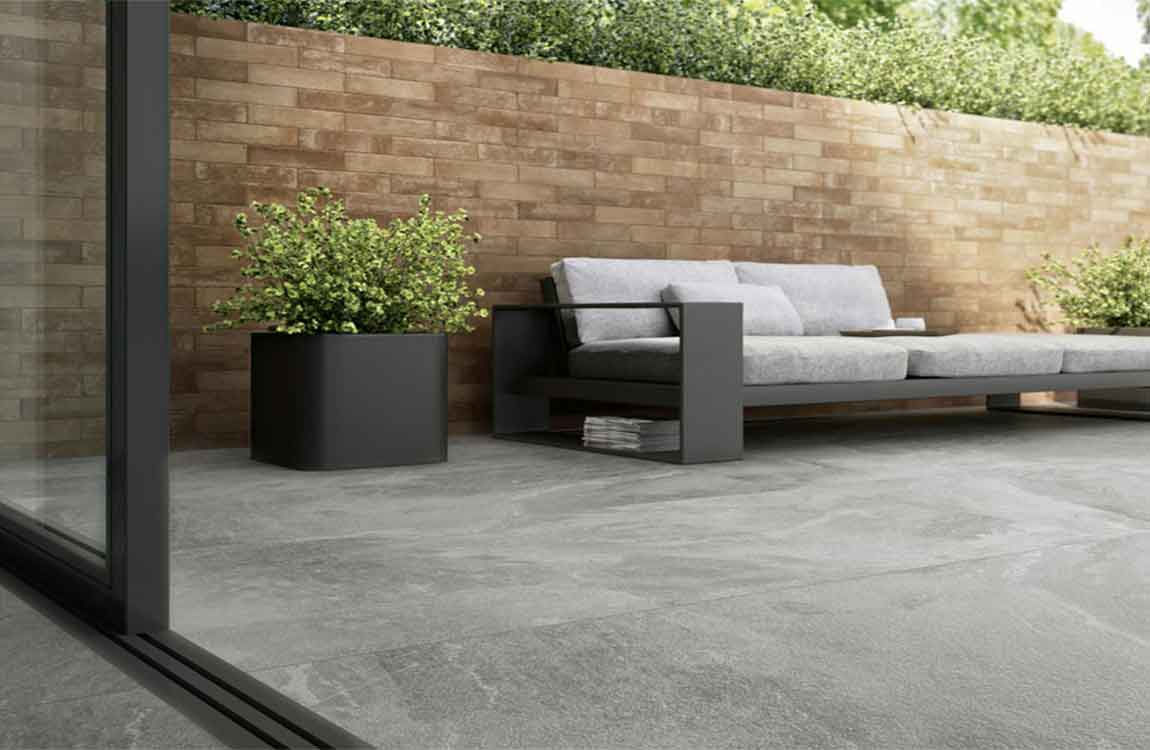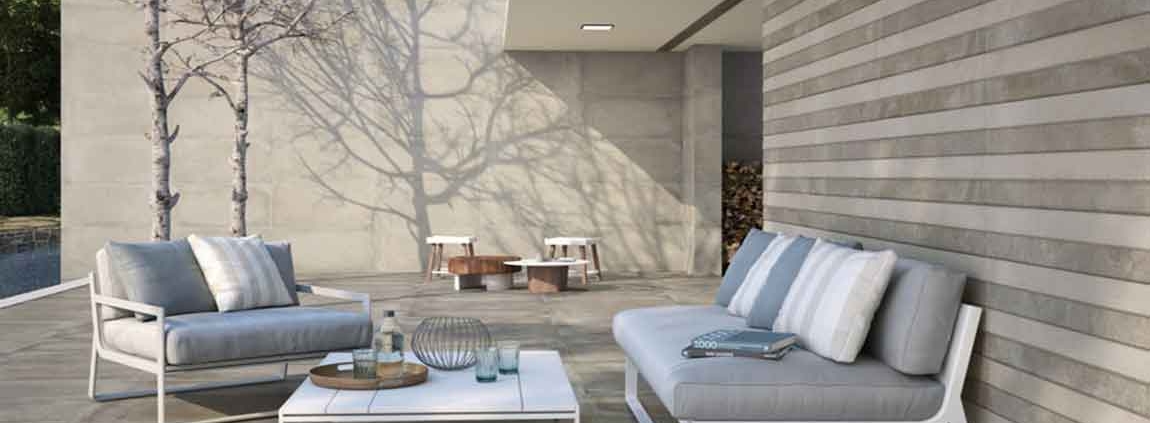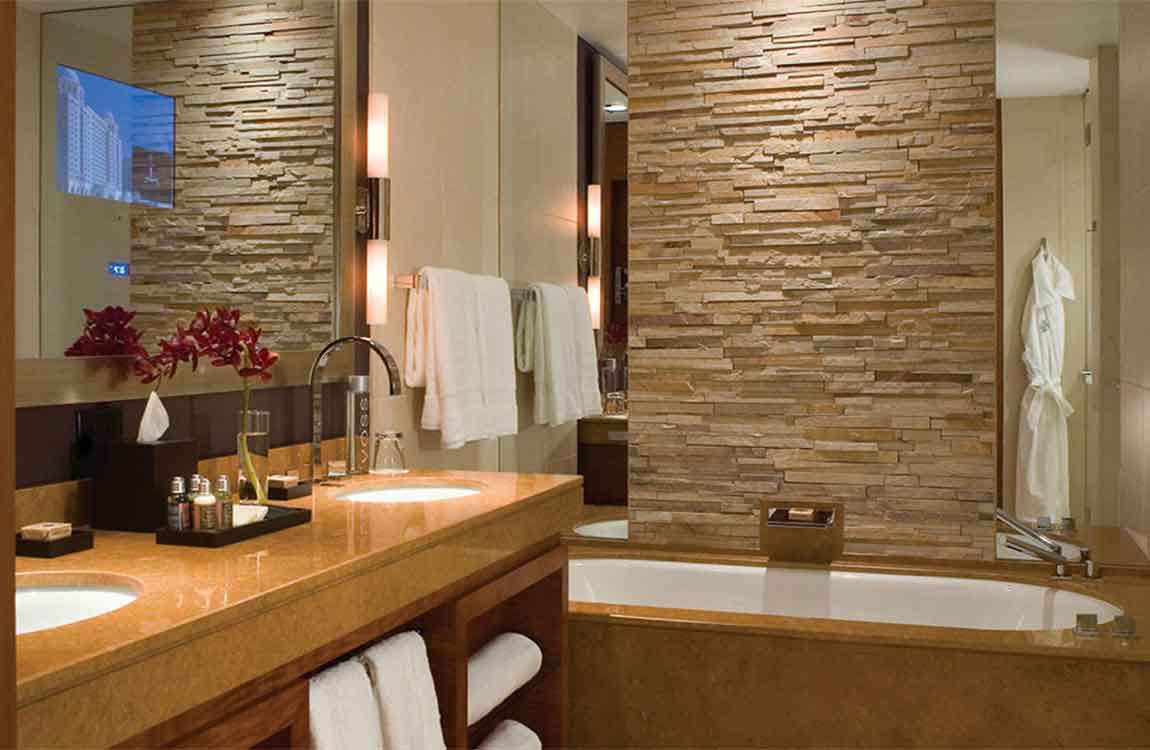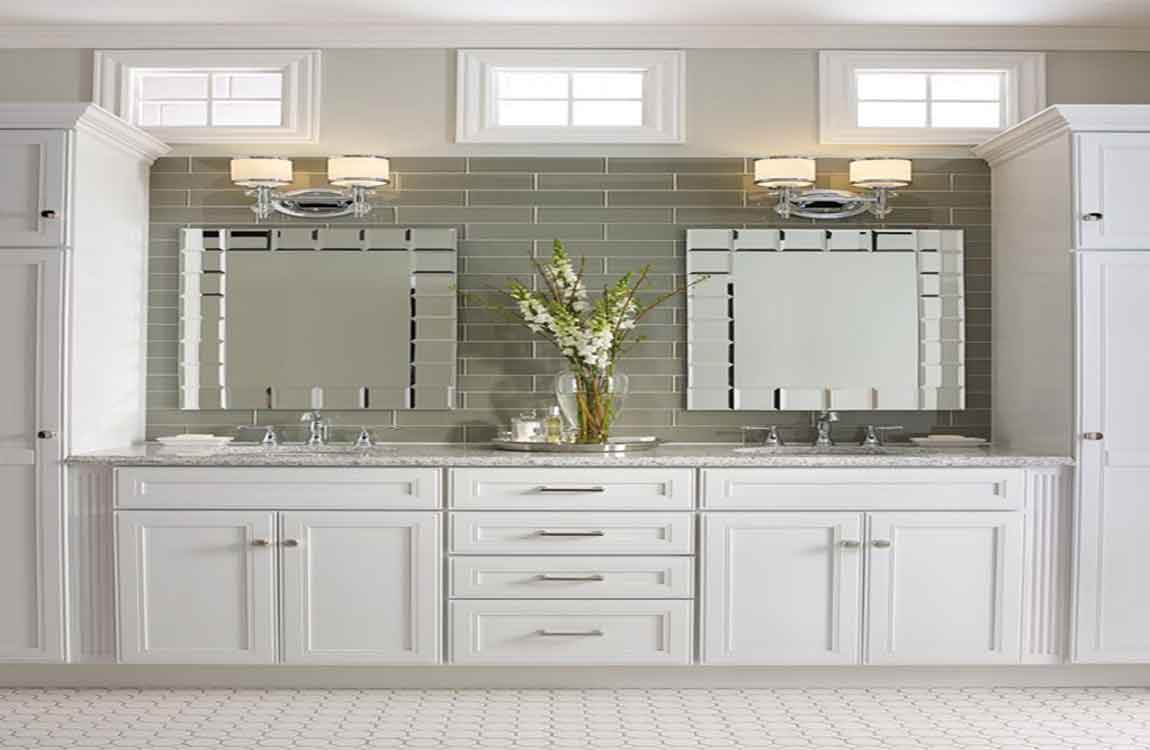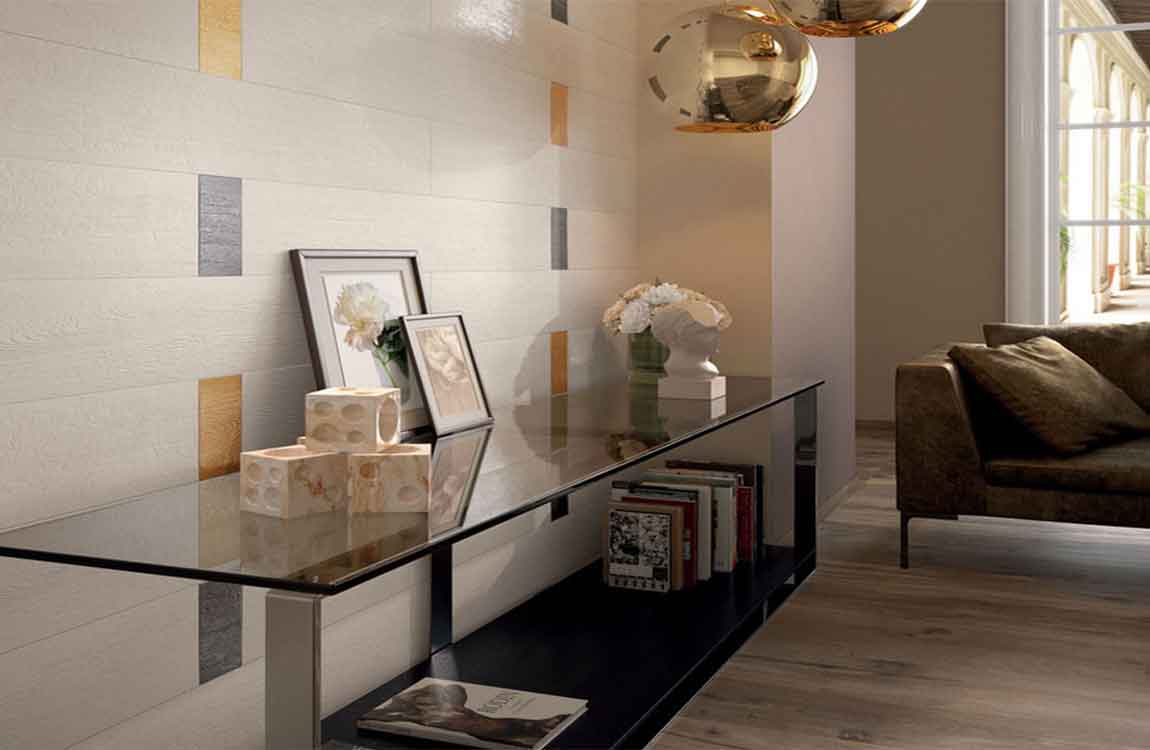How Stripping the Old Finish?
Buy a floor stripping solution suitable for your floor. Having determined what type of finish is on your floor by following the instructions for Preparing the Floor, buy a stripping solution that will remove that type. Also make sure the stripping solution is safe to use on hardwood, or whichever material your floor is made from.
If you can’t find a product that specifically matches the type of finish previously used on your floor, try out a “universal” floor stripping solution on a small corner of your floor to test it. Either vacuum or sweep your floor with a dust mop or broom. Remove all dust and debris from the area using a dust mop if you have one, or a broom if not. Put on clean footwear afterward to prevent further dust from getting on the floor.
Use safety gear. Chemicals in the solution can be dangerous to the skin or create toxic fumes. Work in a well ventilated area and protect yourself with gloves, long sleeves and pants. Use goggles and a respirator mask for large stripping jobs or poorly ventilated areas. The respirator mask should be labeled as an organic vapor blocker.
Line a bucket with a trash bag and fill with stripping solution. A heavy duty trash bag allows for easy cleanup and lets you use the bucket for other purposes later. Follow the instructions on the floor stripping solution to determine how much you need, and whether to dilute the solution with water. Have a mop ready.
The trash bag is especially essential for mop buckets, since you don’t want to later clean your floor with residual floor stripping solution. A “strip mop” is a specialized mop that will do a more effective job, but any mop will do. Fill a second bucket with clean water and a second mop. You don’t have much time to apply and remove the stripping solution, so it’s important to have a second mop handy for cleaning up. The first mop will be too saturated with stripping solution to use for cleaning purposes.






